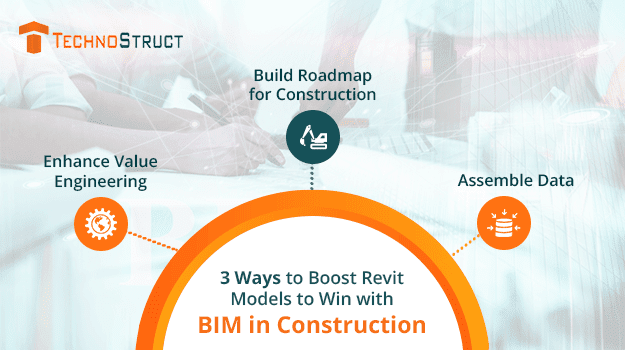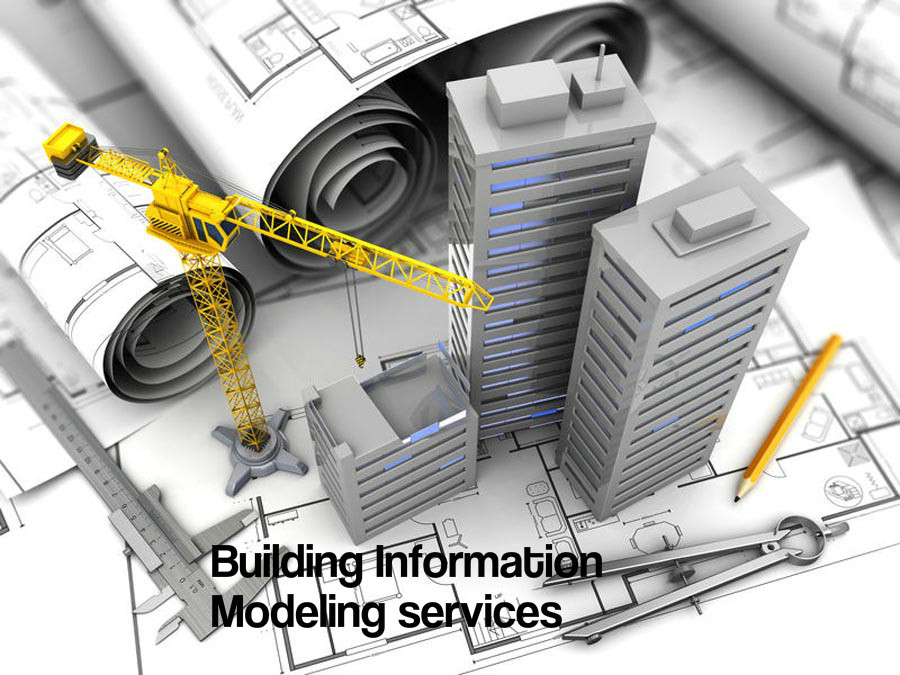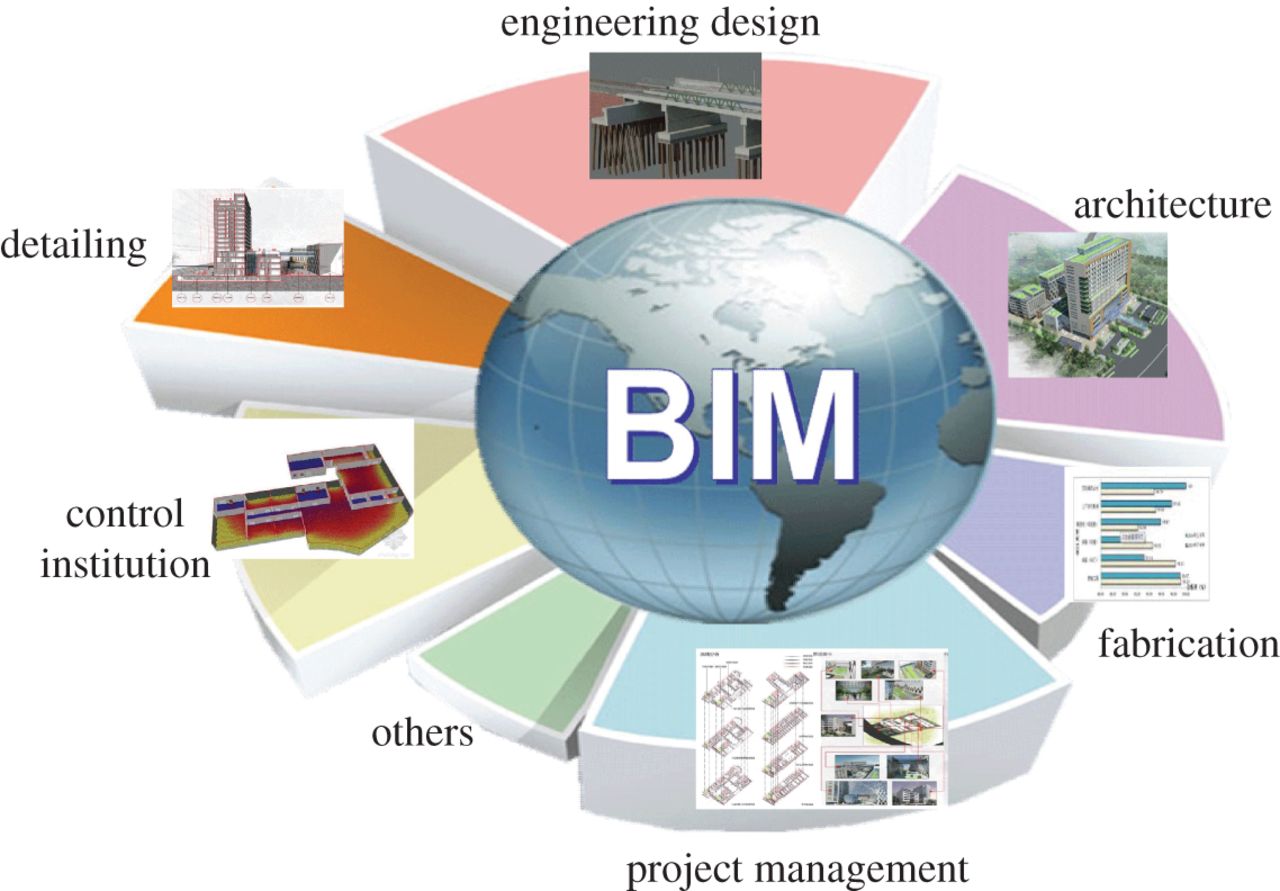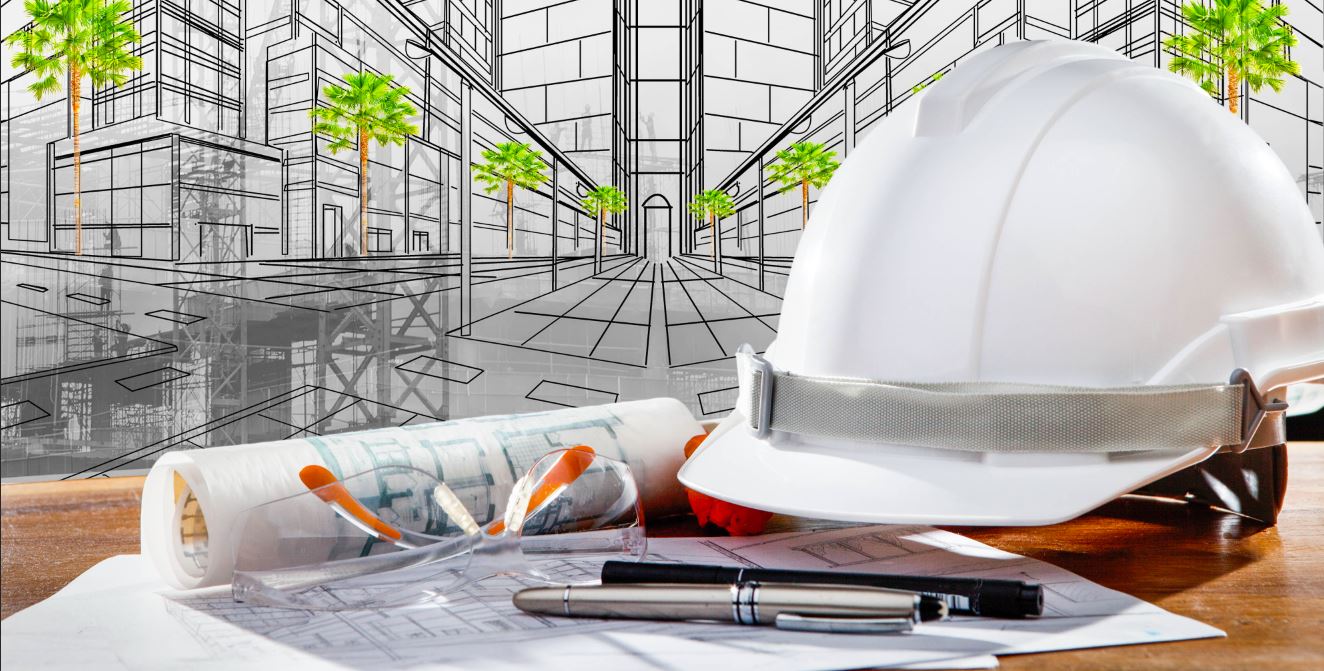
Today, technology has enabled the architects, contractors, subcontractors, vendors, and owners to connect and collaborate more effectively. According to research done recently by T. Wang in the USA, approximately 42% of the stakeholders involved in the construction process are using BIM enabled programs and software to understand the information.
But the need of the hour is to go beyond understanding information, it is about leveraging the information by all the stakeholders who may or may not know how to use the software/programs or understand the information, thus the need of an integrated pre construction approach. It will allow the vast amount of data generated from Revit to be used more accurately.
An integrated pre construction approach will allow the stakeholders to better communicate to speed up the construction process and will allow faster decision making, updating and regulating the information and arriving at a more optimal cost, schedule, and construction sequence.
To enhance preconstruction and leverage all the information for maximum understanding, Assemble can help boost Revit in 3 ways. Here they are:
1. Assemble (data):
In the construction industry, the numbers of professionals/construction firms who depend on BIM or any other construction software are yet below 60%. We can say that a substantial number of people do not have the skillset to drive and navigate through the information using BIM Revit software.
Assembling information into the Revit BIM model has helped to understand data throughout the entire construction lifecycle and has saved time and minimised project risk. It has helped break the barriers of entering into the BIM in construction by simplifying quantity take-off and improving 3D model visualization and access information through the cloud, where all the project stakeholders could view 3D BIM models take relevant quantities of information, and leverage conditioned models for project sequencing and tracking.
2. Build Roadmap for Construction:
Programs like BIM Revit help in planning and designing to enhance visualization wherever there are any constructability issues. Revit 3D BIM Modeling is not just about enhancing estimation efficiency and creating 3D BIM models. It’s also about building a roadmap for construction that maximizes cost and schedule savings, maintaining transparency with the owner and the project team. With tools like Assemble, the construction industry can build a roadmap for construction, and it can take the Revit models to the next level by enabling users to condition, query and connect BIM data to construction workflows.
3. Enhance Value Engineering:
The AEC (Architectural, Engineering, and Construction) projects have adopted Value Engineering as a common practice. Value Engineering is a cloud-based model data management that allows the project stakeholders with instant access to model information. It ensures that all the building elements, quantities, and costs from anywhere in the world can be seen, learnt, understood and visualized. Cloud collaboration through BIM facilitates team collaboration and transparency. The process of Cloud collaboration has provided a system where all the AEC project stakeholders can share their computer files to a central “cloud” for storage and that can be accessed by others. Using 3D models from Revit, you can get accurate and updated project data that supports an optimized cost efficiency and Value Engineering for construction.
Conclusion:
To make the information available and accessible to all the stakeholders in a construction process and that can easily be extracted, learnt and understood, one can connect its BIM Revit program with Assemble. This has allowed the construction companies to expand their resources and maximise connection. It uses cloud collaboration to assemble information, helps enhance value engineering, and helps build a roadmap for construction. With this advancement, all the project stakeholders will be able to quickly make changes and control impact on cost, time, and constructability.
TechnoStruct is a leading name in the construction industry. It specializes in providing design, engineering, and construction solutions to commercial projects across industries, with a diversified range of services including but not limited to BIM, MEP engineering and designs, Mechanical Subcontractor, Solar, Electrical Subcontractor, and many more.



